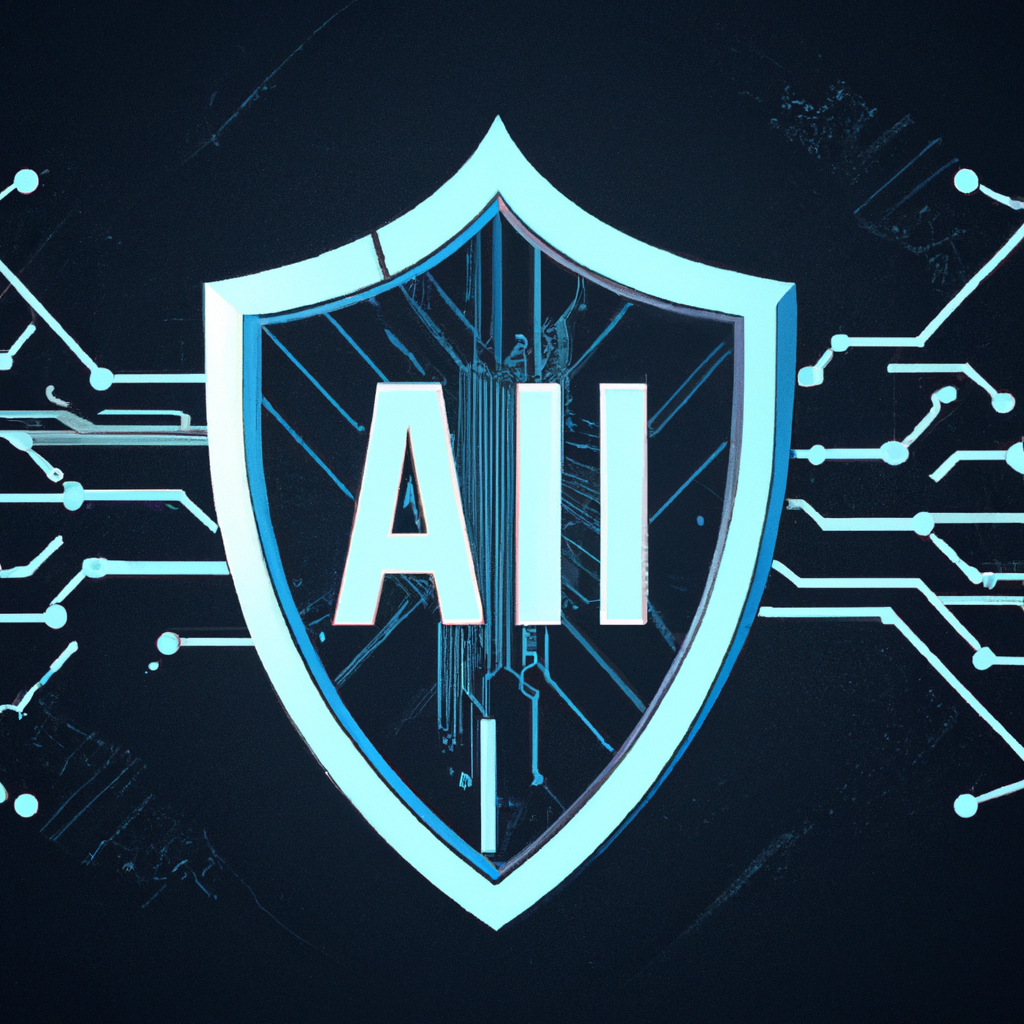
AI revolutionizes cybersecurity: emerging trends and future implications
In recent years, the field of cybersecurity has been profoundly transformed by the rapid advancements in artificial intelligence (AI) technologies. As cyber threats continue to evolve in complexity and frequency, AI is increasingly being leveraged to enhance the security measures of organizations across the globe. This article explores how AI is revolutionizing cybersecurity, examines the emerging trends, and discusses the future implications of this technological evolution.
The Rise of AI in Cybersecurity
AI technologies, particularly machine learning (ML) and deep learning, have become integral to modern cybersecurity strategies. These technologies enable systems to learn from data, identify patterns, and make decisions with minimal human intervention. One of the most significant advantages of AI in cybersecurity is its ability to process vast amounts of data at high speed, which is crucial for detecting and responding to threats in real-time.
For instance, AI-powered systems can analyze network traffic, user behavior, and other data sources to identify anomalies that may indicate a cyber attack. Traditional security measures, which rely heavily on predefined rules and signatures, often struggle to detect new or unknown threats. In contrast, AI systems can adapt to evolving threats by continuously learning from new data, making them more effective at identifying zero-day attacks and other sophisticated cyber threats.
Emerging Trends in AI-Driven Cybersecurity
The integration of AI into cybersecurity has led to several emerging trends that are reshaping the landscape. One such trend is the use of AI for threat intelligence and prediction. AI systems can aggregate and analyze threat data from multiple sources, providing organizations with actionable insights into potential vulnerabilities and attack vectors. This proactive approach enables organizations to strengthen their defenses before an attack occurs.
Another trend is the development of AI-driven security automation. By automating routine security tasks, such as monitoring, incident response, and threat hunting, AI can significantly reduce the workload on human security teams. This not only enhances the efficiency and effectiveness of security operations but also allows security professionals to focus on more strategic tasks, such as threat analysis and risk management.
AI is also being used to enhance user authentication processes. Traditional methods, such as passwords and two-factor authentication, are increasingly being supplemented or replaced by AI-driven biometric authentication systems. These systems use AI algorithms to analyze biometric data, such as fingerprints, facial recognition, and voice patterns, offering a higher level of security and convenience for users.
Challenges and Future Implications
Despite the numerous benefits of AI-driven cybersecurity, there are challenges that organizations must address. One of the primary concerns is the potential for AI systems to be targeted by cybercriminals. Adversarial attacks, where attackers manipulate AI models to evade detection or cause them to malfunction, pose a significant threat. As AI systems become more prevalent in cybersecurity, ensuring their robustness and resilience against such attacks will be critical.
Another challenge is the ethical and privacy implications of AI in cybersecurity. The use of AI technologies often involves the collection and analysis of large amounts of personal data, raising concerns about data privacy and surveillance. Organizations must navigate these ethical considerations carefully to maintain user trust and comply with regulatory requirements.
Looking ahead, the role of AI in cybersecurity is expected to grow even more significant. As cyber threats continue to evolve, AI technologies will need to advance in parallel to keep pace with emerging challenges. The development of explainable AI, which aims to make AI decision-making processes more transparent and understandable, will be crucial for building trust in AI-driven security solutions.
Furthermore, collaboration between organizations, governments, and AI researchers will be essential to developing robust cybersecurity frameworks and standards. By sharing threat intelligence and best practices, stakeholders can collectively strengthen their defenses against cyber threats.
In conclusion, AI is revolutionizing the field of cybersecurity by providing more effective and efficient ways to detect and respond to threats. While challenges remain, the potential benefits of AI-driven cybersecurity are immense. As we look to the future, continued innovation and collaboration will be key to harnessing the full potential of AI in safeguarding our digital world.
